We've probably all experienced it. Whether you are iPhone users with iMessage or Androidus RCS, the group chat is always crippled by the one person who has a different type of phone than the others. This ultimately means that the messaging protocol will revert to the decades-old standard of SMS or MMS and cannot even handle what we would consider a relatively small file today. First glimpses into developer betas iOS 17 but indicate that Apple has a solution that wasn't discussed at the WWDC keynote.
This represents good news for iPhone users because the one owner of the phone with Androidem will no longer cause chaos in the form of the familiar green bubbles, unfortunately on the other side of the communication, u Androidat least for the time being in the test version, it will not bring order to the messages.
In several ways, users will iOS 17 in advantage. Primarily, it is the editing of textual content and threads. As Apple user can send the familiar green highlighted text and edit it, but all users with the system Android they will still see only the original one in the chat. In this direction, there should hopefully be an improvement in the future so that on the device with Androidem a second message will be sent indicating that the text has been edited. However, in its current form, all apple users in the chat will see the change, but system users Android never.
Another aspect is the higher quality of photos and videos. The differences from the original when received as MMS are really striking, because the limit of this type of multimedia message in terms of file sizes is extreme by today's standards, and the resulting compression is at such a level that sometimes the content becomes almost unreadable. In the case of images, it is still acceptable on a small display, but if you would like to print such a picture, for example, prepare for a big disappointment. Due to data requirements, the situation is even worse for videos. If for example iPhonem you take a one-minute video in 4K resolution at 60 frames per second and send it as an MMS, the recipient on the other end will barely know what is happening in it. The longer and higher quality the video, the more compressed it is.
When submitting photos within the system iOS 17, the picture reaches the other end in the group chat in full quality. Of course, the user Androidu will receive a significantly reduced version. For example, if you send a photo with a resolution of 4032 x 3024 and a size of 2,02 MB to the owner of the iPhone, the same will be displayed, but for the phone with Androidem arrives in the form of 2048 x 1536 and with a size of 725 kB. It is even more noticeable with video. A 4K video with 60 frames per second, a duration of 20 seconds and a size of 157 MB reaches the recipient with iOS as a 720p recording at 30 frames per second and 17,9 MB in size, which is the standard quality that the recording is compressed to when sent via iMessage. But here's the really wild part. Same video sent to phone with Androidem will be compressed to 293 KB, with a resolution of 176 x 144 and a frequency of 10 frames per second.
You could be interested in
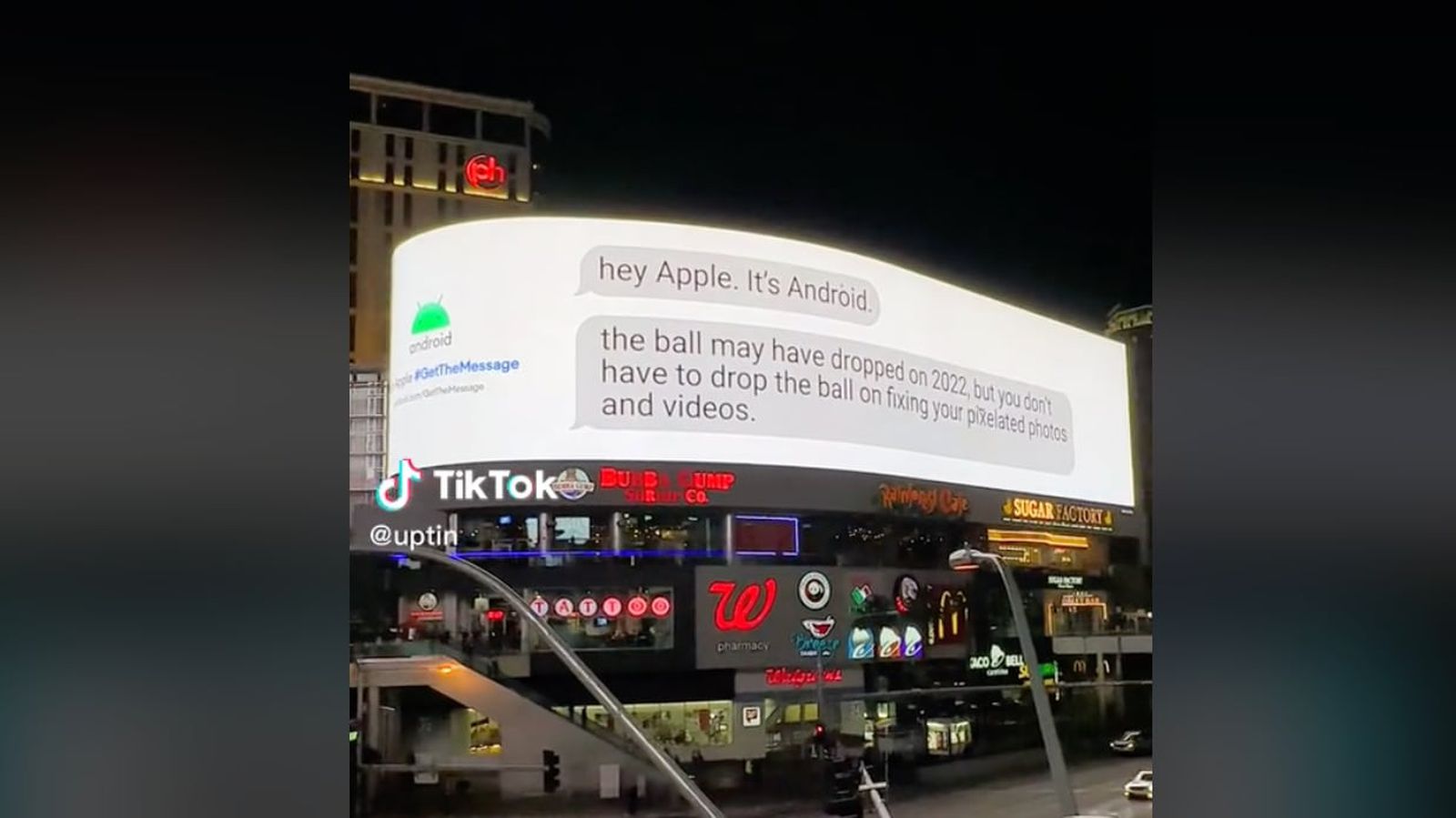
The upcoming changes are a step forward and eliminate some fundamental problems of iPhone users. Of course, this is not the solution that people actually want, a common modern protocol between all devices so that any user does not have to think about who they are actually sending a message to. Maybe we will see something like this in the future. In this regard, Google has several times wanted to start a debate and agree with its rival on a common technological approach, Apple he doesn't accept that, at least for now, and advises everyone to buy instead iPhone.
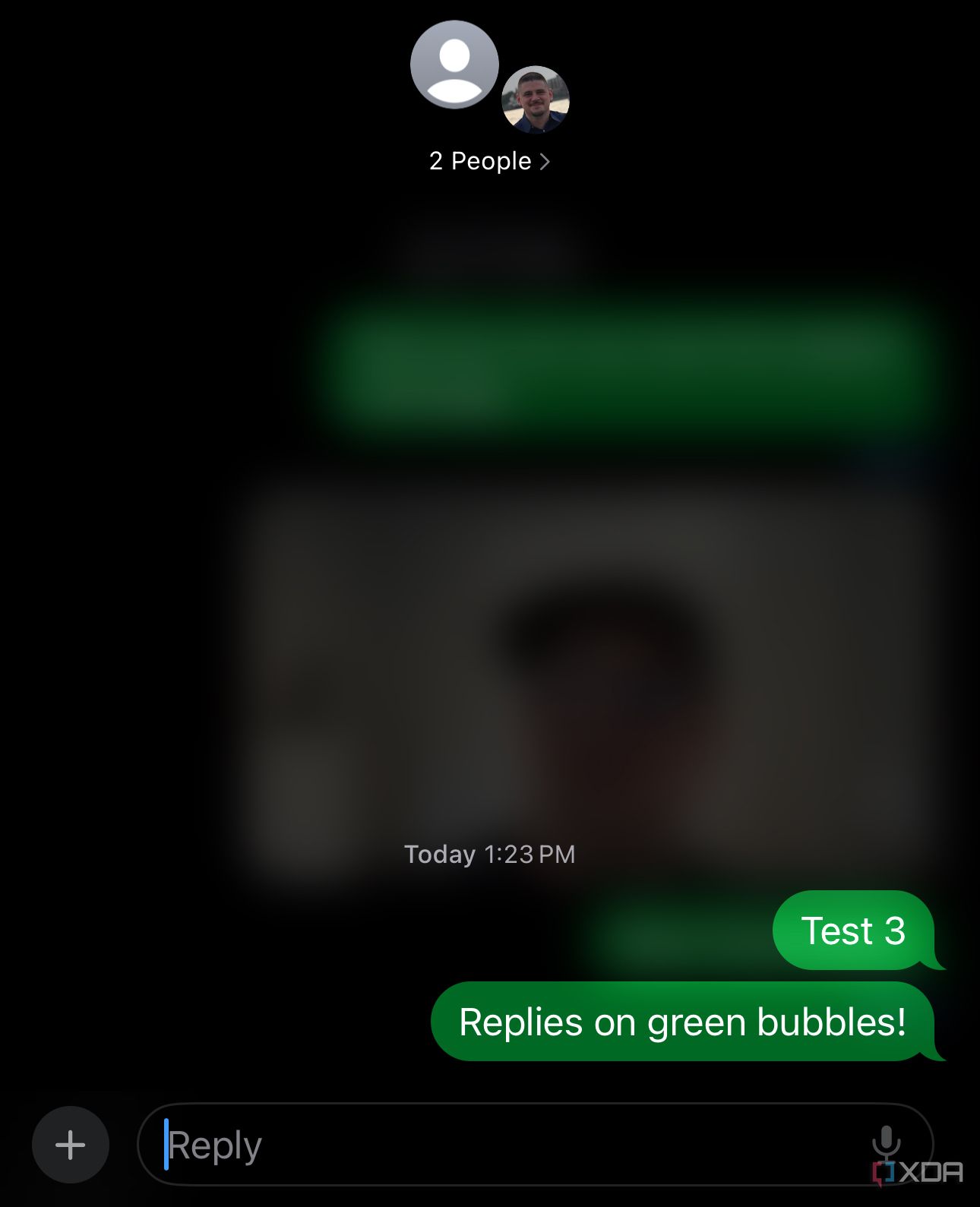
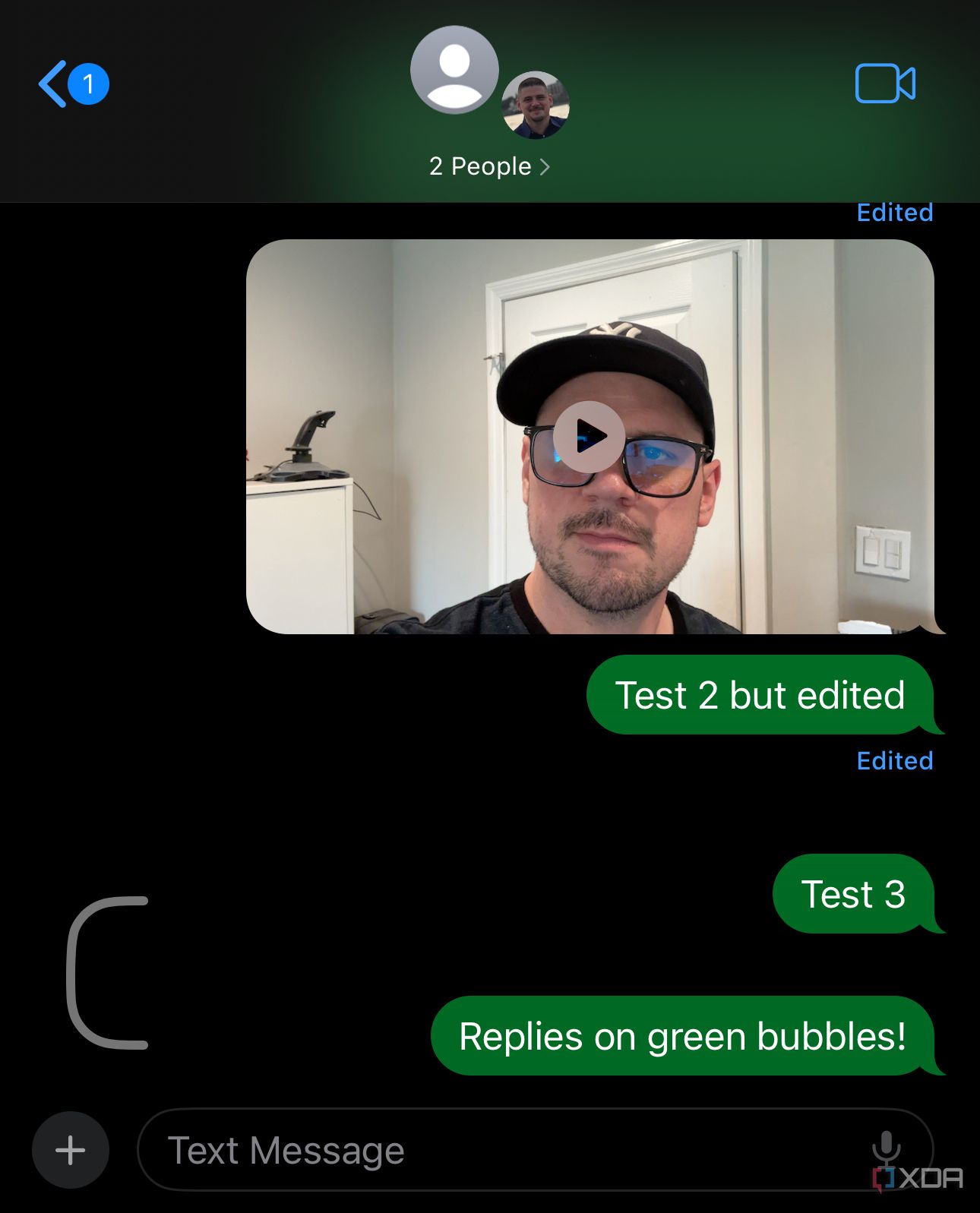
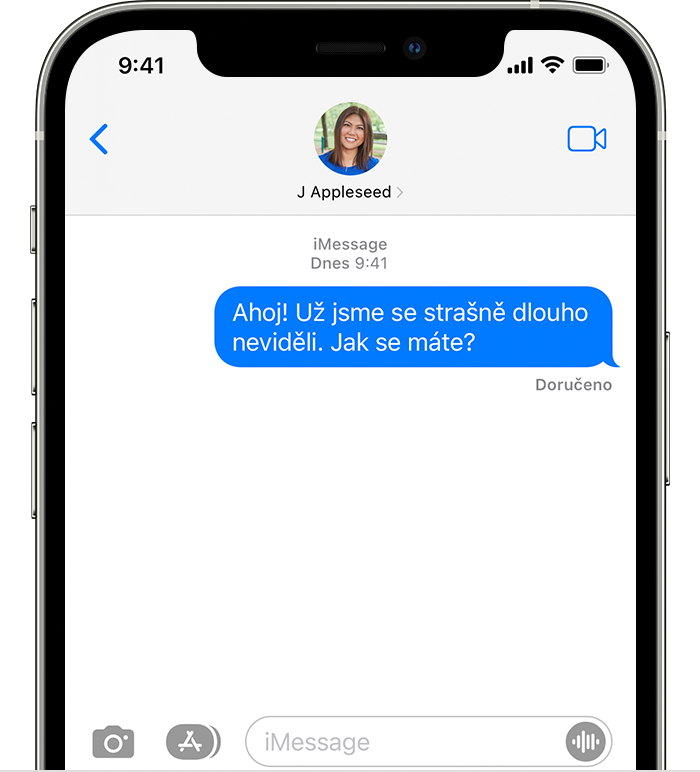
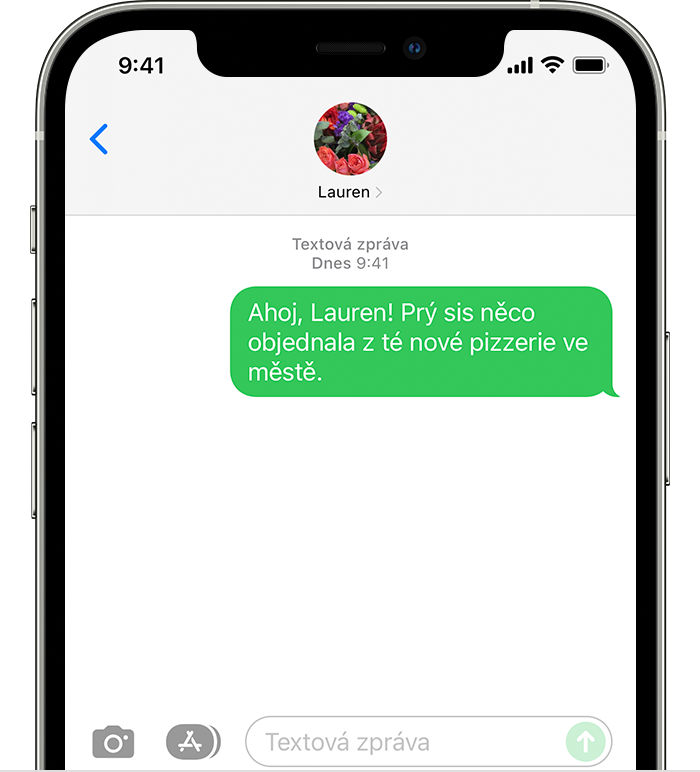
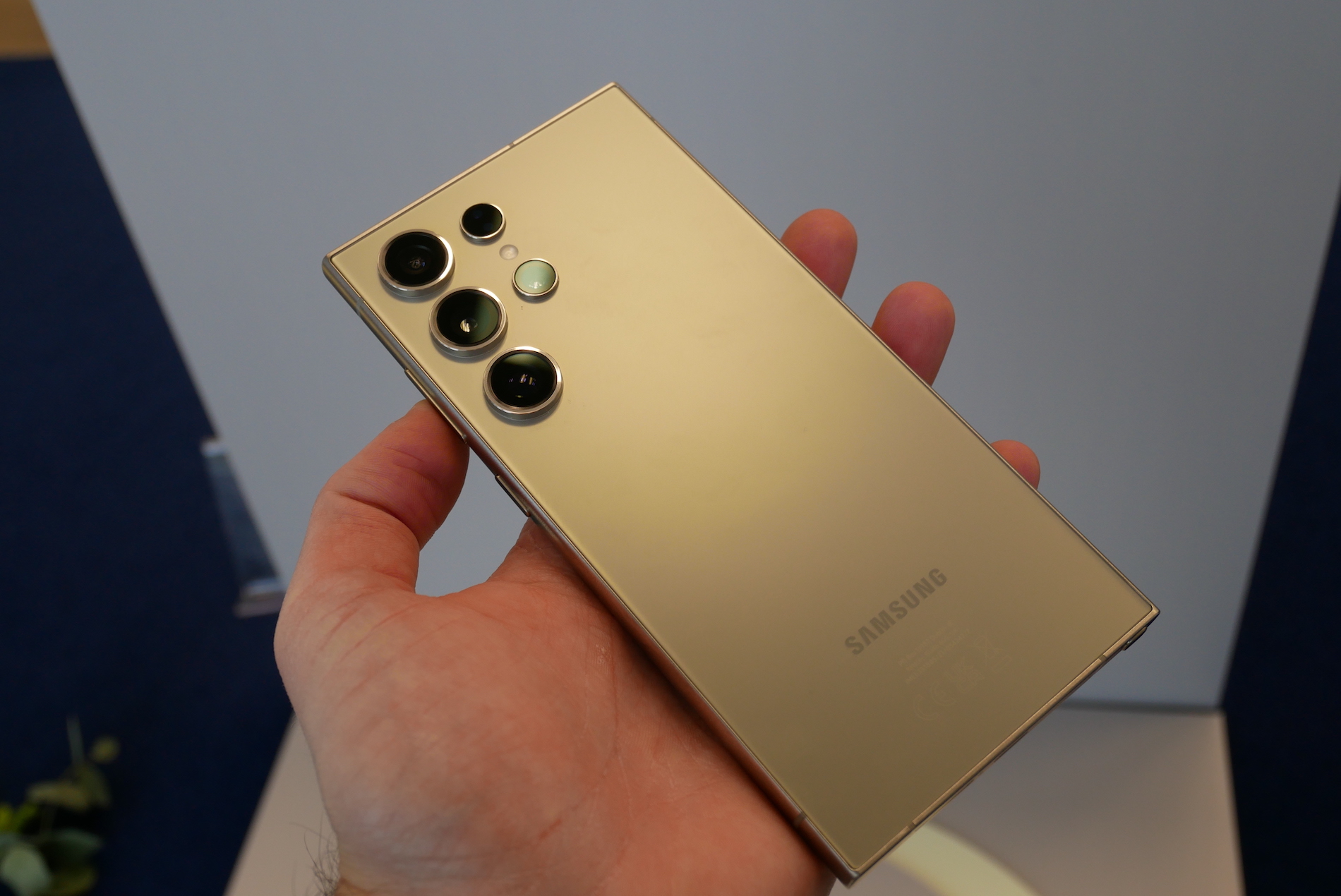
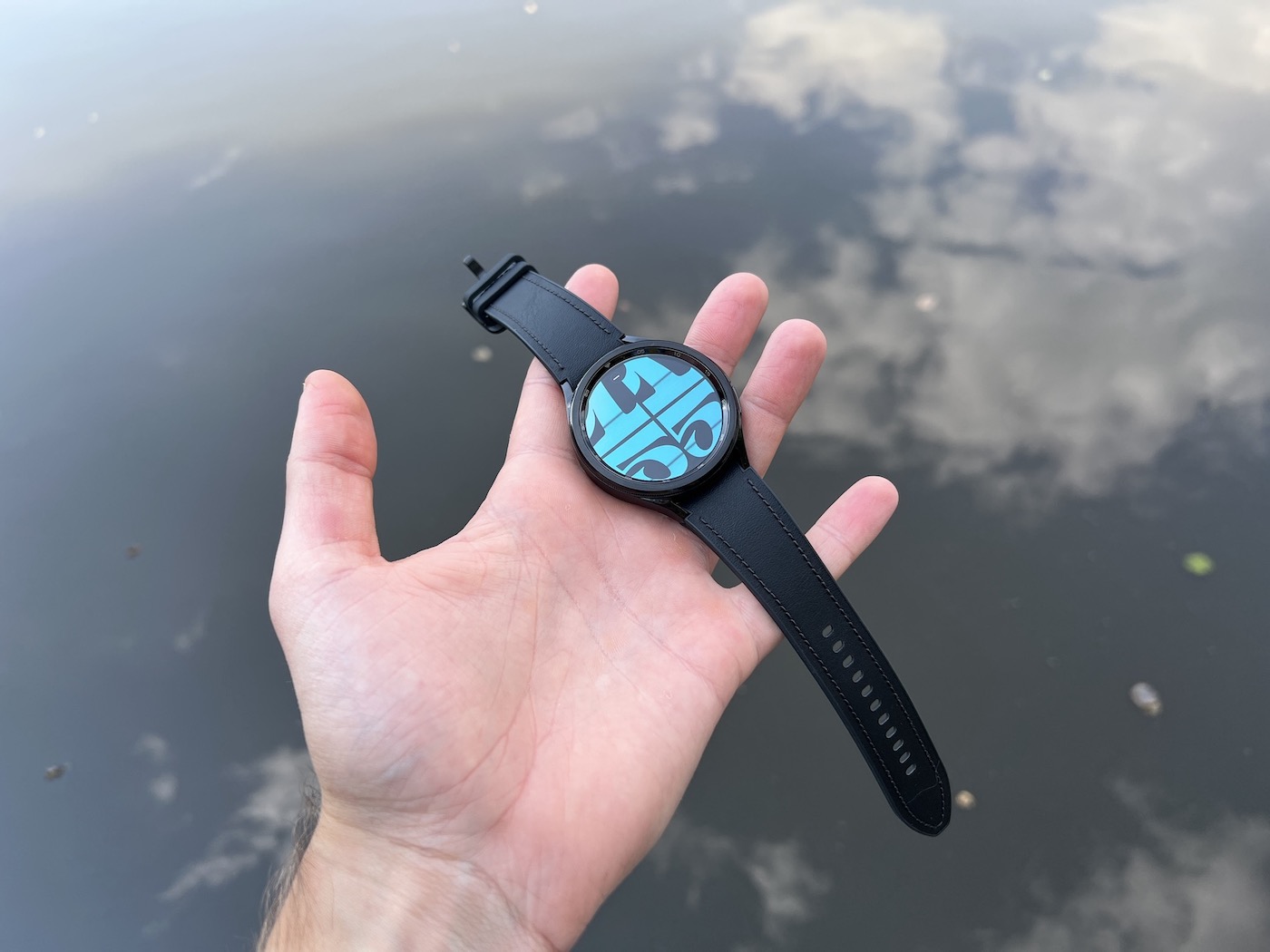
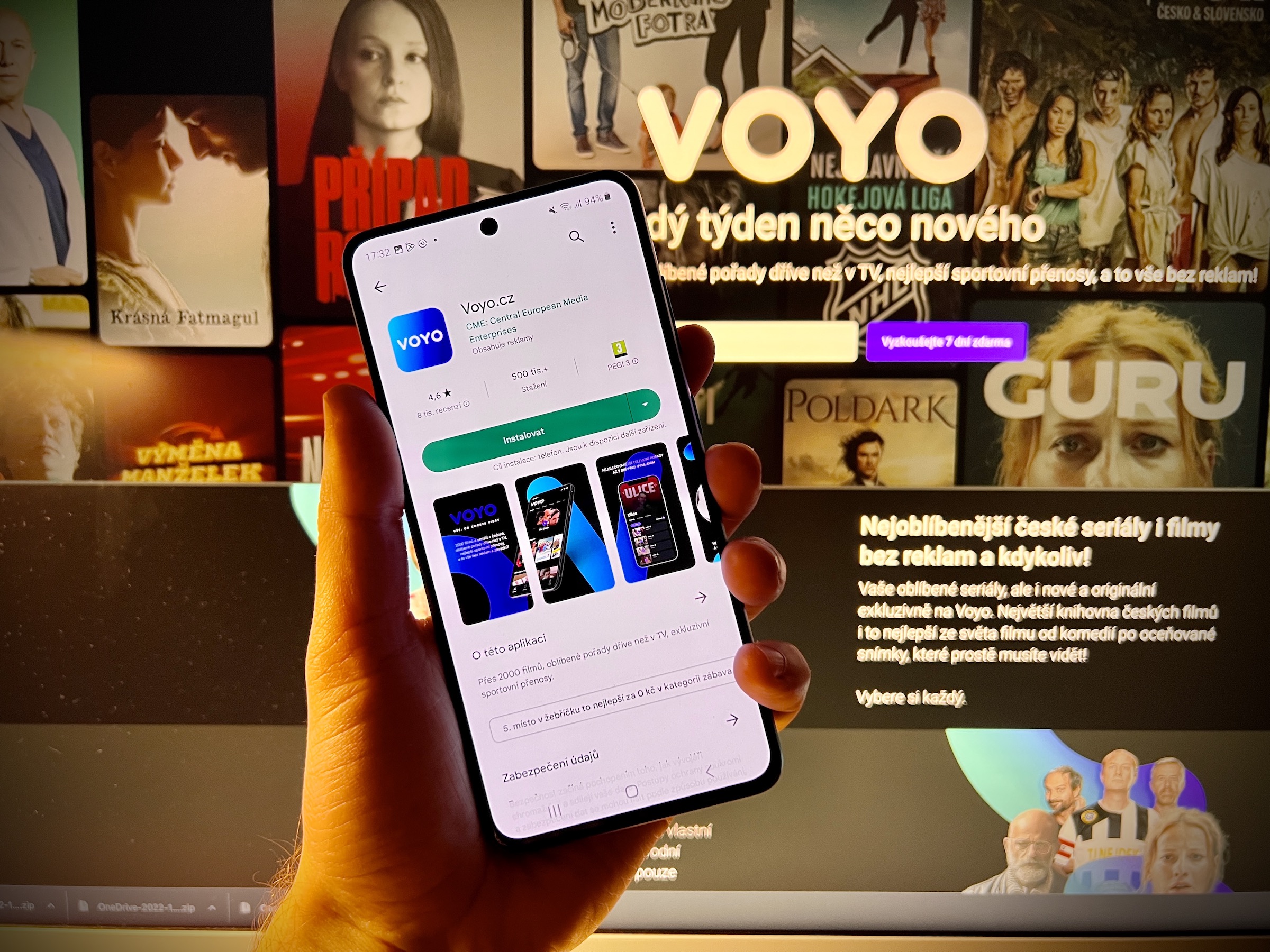
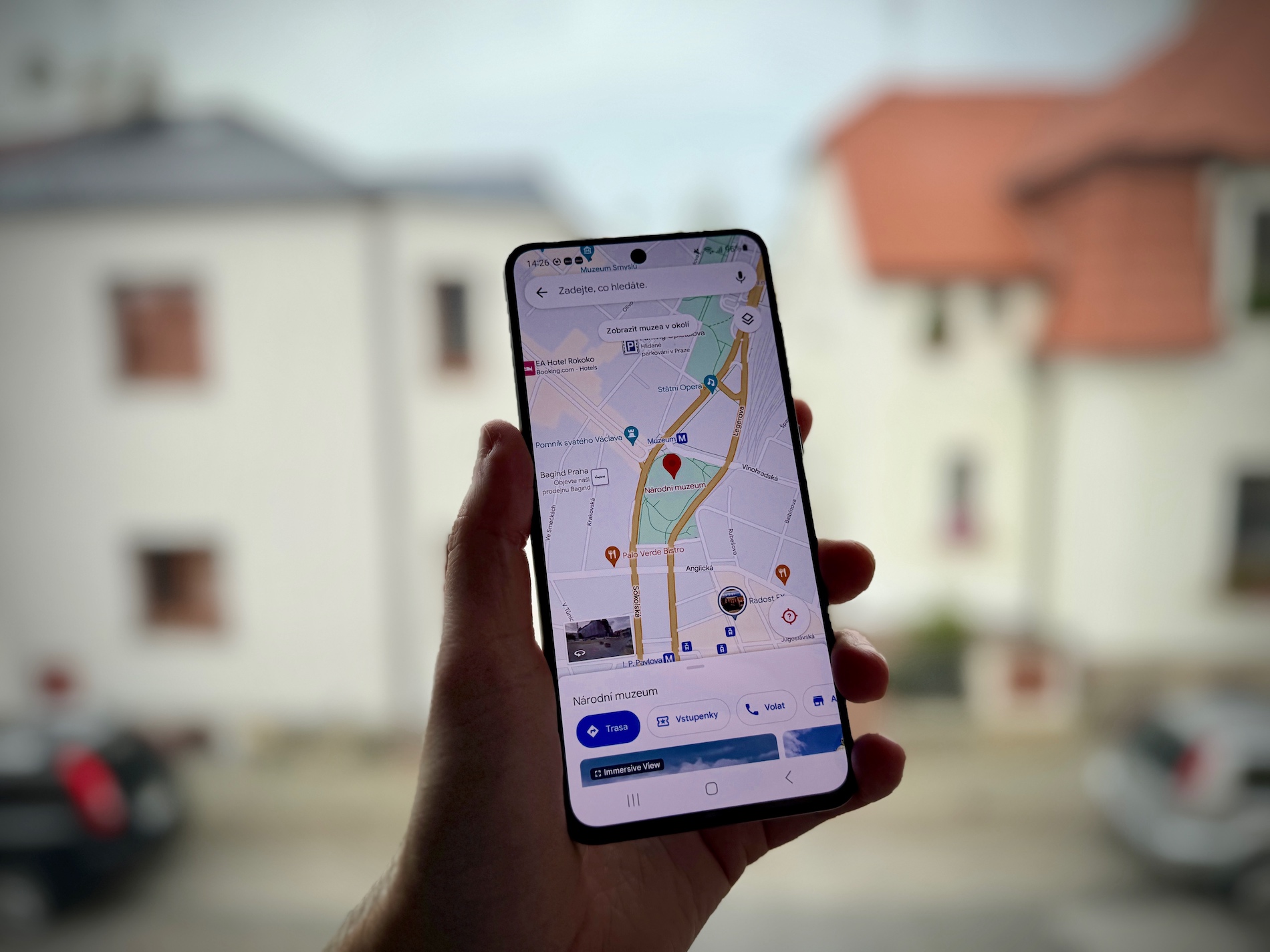
Is this some fake advertisement for Apple or something? 🤣 What green bubbles? For God's sake, if I want to send an SMS, I send an SMS, and if I want to send a picture or a file, I use telegram/whatsapp/matrix/mail/some cloud... What kind of fool uses a detailed SMS application for pictures and videos? Apple fan boys?
And why have a separate application for everything, when just one native application can handle it all?
Judging by the quality of the articles, you won't come across an intelligent person here ♂️ 🤷
What? What on earth are these green bubbles?
I would never have thought to use an app from apple on androidu 😁 especially when they don't even work